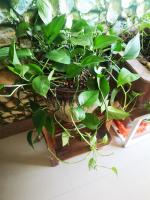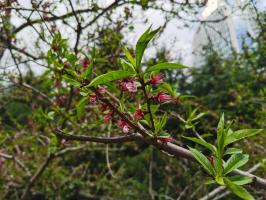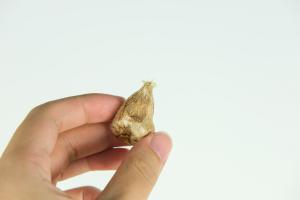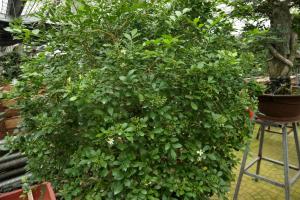Should I Thin Out Tomato Plants?
Tomatoes are one of the most popular vegetables to grow in gardens, but proper maintenance is important for healthy plants and a bountiful harvest. One question that often arises is whether or not to thin out tomato plants. In this article, we'll look at the pros and cons of thinning tomato plants and how to do it properly.
The Pros of Thinning Tomato Plants
Thinning tomato plants is the process of removing some of the seedlings or small plants from a cluster of tomato plants. By doing this, you reduce overcrowding and competition for resources, including water, minerals, and sunlight. This results in healthier plants, better fruit production, and fewer disease problems. Thinning also makes it easier to maintain your tomato plants, as you can see the individual plants clearly and reach all parts of the plant easily.
The Cons of Thinning Tomato Plants
One of the main concerns with thinning tomato plants is the potential for damage to the remaining plants. If you accidentally cut a stem or root while thinning, you could cause root rot or kill the entire plant. Additionally, if you thin too much, you may end up with fewer plants than you intended, which could impact your harvest.
How to Thin Tomato Plants
Before you thin out your tomato plants, it's important to wait until the young plants are large enough to handle. Typically, this means waiting until they have developed their first true leaves and are about 2-3 inches tall.
When you are ready to thin your tomato plants, carefully remove the weakest or smallest plant from each cluster leaving only the strongest and healthiest one. Gently grasp the seedling at the base and wiggle it back and forth until it releases from the soil. Be sure to do this quickly and cleanly to avoid damaging the other seedlings or the roots of the plant you want to keep.
If you are concerned about potential damage to the remaining plant, you can try using a pair of scissors to snip off the weaker plant at the base. Be sure to sterilize the scissors first with rubbing alcohol or dip them in boiling water to minimize the risk of spreading disease.
Final Thoughts
Thinning tomato plants is a common practice that can lead to healthier plants and a more bountiful harvest. However, it's important to weigh the pros and cons before deciding to thin your plants. Remember to wait until the plants are large enough to handle before thinning, and be careful not to damage the remaining plants or roots. With proper care and attention, you can have a successful tomato harvest with strong, healthy plants.

 how many times do yo...
how many times do yo... how many planted tre...
how many planted tre... how many pine trees ...
how many pine trees ... how many pecan trees...
how many pecan trees... how many plants comp...
how many plants comp... how many plants can ...
how many plants can ... how many plants and ...
how many plants and ... how many pepper plan...
how many pepper plan...
































